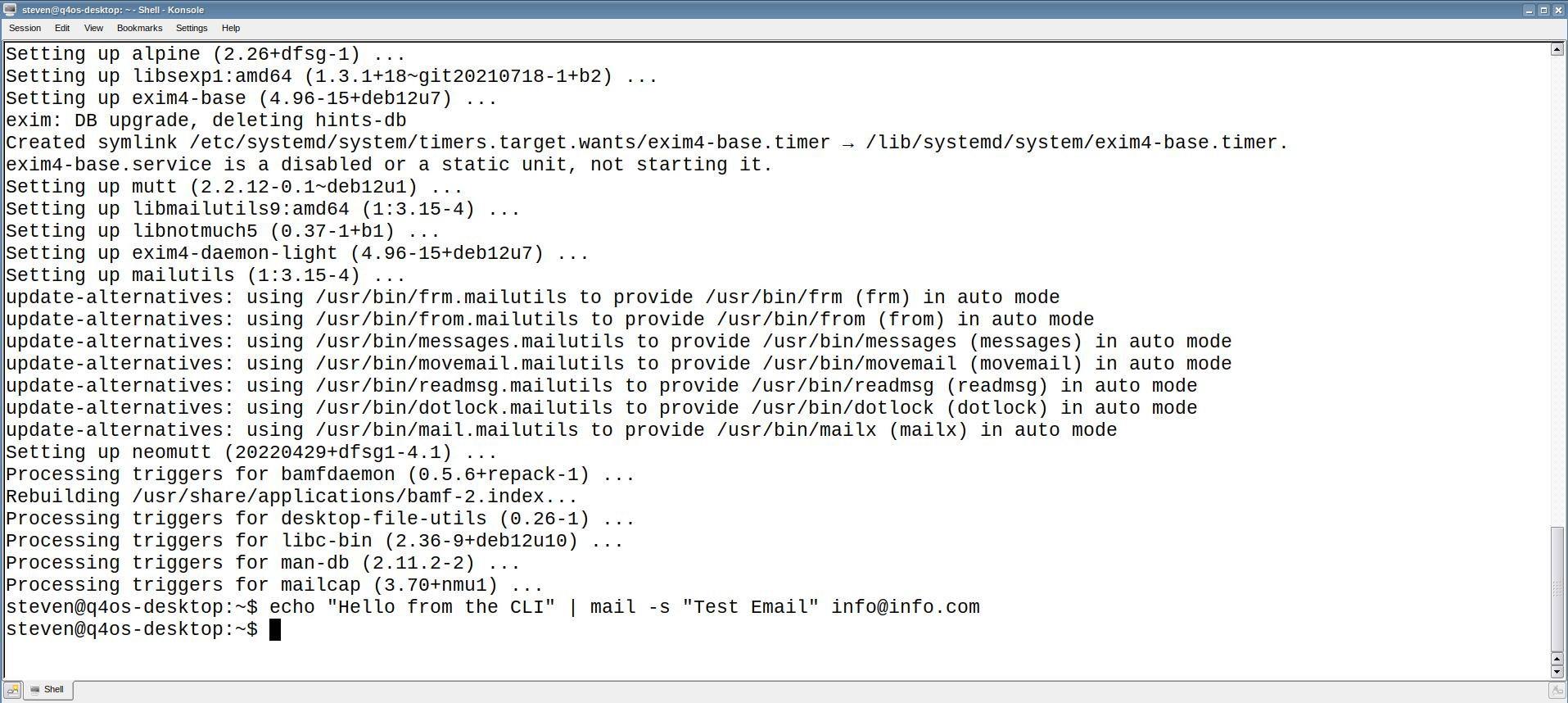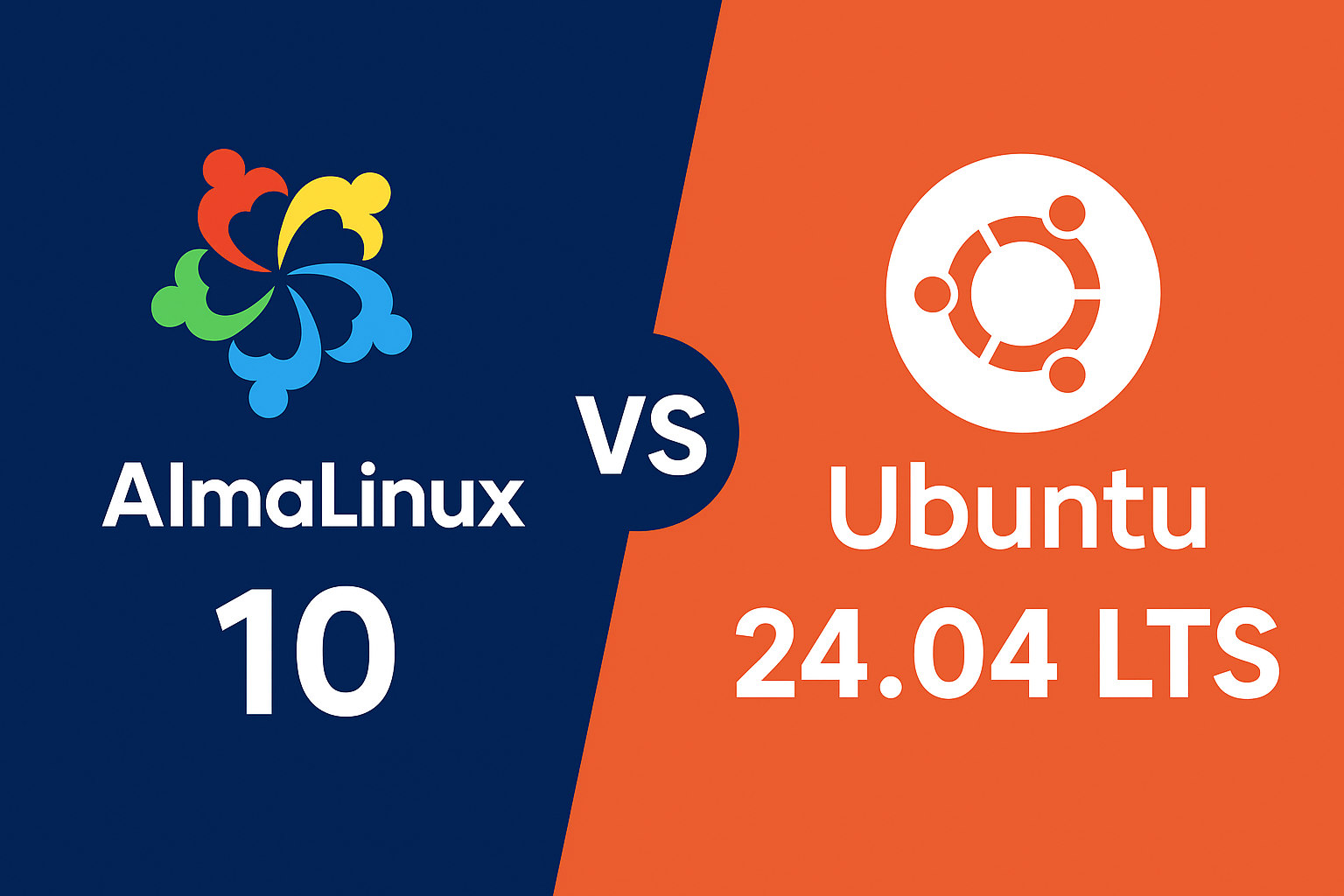The importance of email services is continuously growing in our daily lives. Having your own email server can provide more freedom and control over your electronic communication. In this article, we will guide you through the process of transforming an old laptop or computer into a fully functional Linux-based email server that connects to the internet.
1. Install Linux Operating System:
- Choose an easily configurable Linux distribution such as Ubuntu or CentOS.
- Download the OS ISO file from the official website and create a bootable USB drive.
- Initiate the installer, follow the instructions, and ensure the OS is updated to the latest version.
2. Install Required Software:
- After OS installation, install necessary server components such as Postfix and Dovecot using your distribution’s package manager (apt, yum, or dnf).
- Include a spam filter like SpamAssassin and an antivirus program like ClamAV for enhanced security.
3. Domain Name and PTR Settings:
- Register an available domain name and configure the DNS settings. Direct the MX entry to your newly set up server.
- Set up a PTR (Reverse DNS) record by contacting your internet service provider, ensuring an assigned static IP address.
4. Configure Postfix and Dovecot:
- Postfix, the widely used email server software, needs configuration for handling both incoming and outgoing emails. Modify the “/etc/postfix/main.cf” file with details such as domain name, network interface, user accounts, and security settings.
- Dovecot, an IMAP and POP3 server, works in conjunction with Postfix to allow users to access emails through various clients. Configure it by adjusting settings in the “/etc/dovecot/dovecot.conf” or “/etc/dovecot/conf.d/10-mail.conf” file.
5. Set up Spam Filtering and Virus Scanning:
- Use SpamAssassin for spam filtering. Adjust spam detection rules, point values, and prohibited words in the “/etc/spamassassin/local.cf” file.
- Install and configure ClamAV for antivirus scanning. Ensure that incoming emails are checked for virus detection.
6. Port Forwarding and Firewall Settings:
- Configure port forwarding on your router, directing ports like 25 (SMTP) and 143 (IMAP) to your server’s internal IP address.
- Set up appropriate firewall rules on your server to allow only necessary ports and provide protection against unauthorized access.
7. User Accounts and Access Management:
- Create user accounts on the server for individuals who will use the email service. Assign unique email addresses associated with your domain.
- Users typically access emails via IMAP or POP3 protocols, so ensure appropriate access rights and passwords are assigned.
8. Testing and Deployment:
- Conduct thorough testing by sending and receiving emails through the server. Verify that emails are delivered correctly.
- Pay attention to troubleshooting and check log files to trace any potential issues.
Once testing is successful, and you are confident in the server’s proper functioning, deploy it. This involves setting up necessary DNS entries with your domain registrar to direct emails to your server. Confirm that the MX entry correctly points to your server’s IP address.
Remember to prioritize regular maintenance and updates. Keeping the server’s software versions and security patches up-to-date is crucial for its stability and security.
Operating an email server comes with responsibilities, especially in terms of security and spam protection. Study best practices, consult IT experts, and adhere to server security guidelines for reliable and secure operation.
In conclusion, setting up and configuring an email server on an old laptop or computer using Linux may pose a challenge for those without the necessary technical knowledge or Linux expertise. However, it can be highly beneficial for those seeking complete control and freedom over their electronic communication.
SELinux Demystified: A Deep Dive into Kernel-Level Security 2025
Security-Enhanced Linux (SELinux) is one of the most powerful—and often misunderstood—security mecha…
Send Email from the Linux Terminal Command Line
For many system administrators, developers, and Linux power users, the command line remains the most…
AlmaLinux 10 vs Ubuntu 24.04 LTS for hosting
Here’s how AlmaLinux 10 stacks up against Ubuntu 24.04 LTS for VPS hosting—focusing on stability and…


